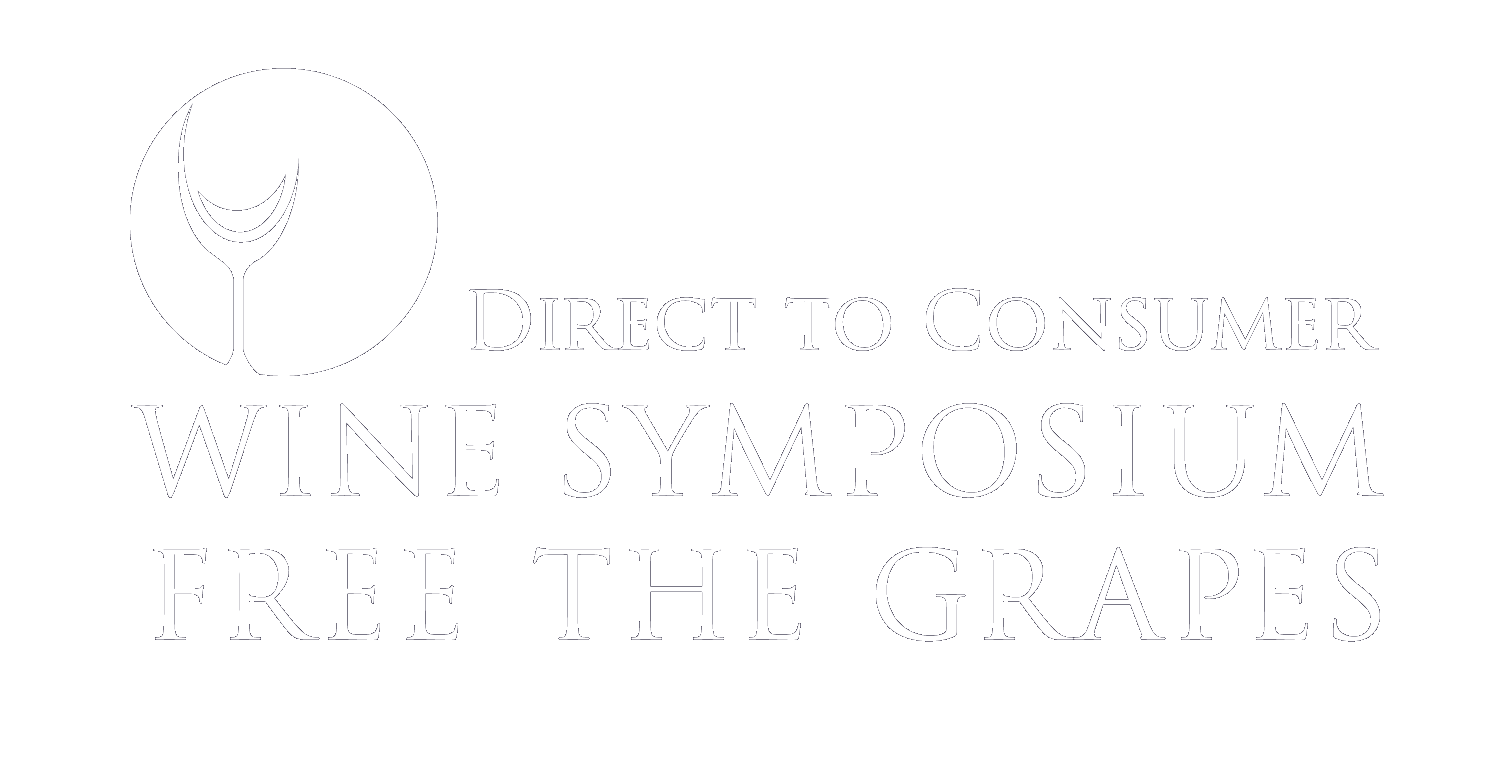Brian Baker | Founder, Cultivar Marketing
During my early winery career, I had an enlightening experience with Customer Acquisition Cost (CAC). My CRM team was analyzing an event for one of our corporation's wineries. The Club manager proudly announced sales of just over $10,000—barely break-even after costs. When I asked about new customers acquired, we calculated a shocking CAC of $2,400+. I mentioned that Lifetime Customer Value (LCV) would ideally balance this high acquisition cost over time. I got a blank stare in return... but that was nearly 20 years ago.
In today's competitive wine industry, understanding CAC isn't just advantageous, it's imperative for sustainable growth. CAC (Total Marketing Spend ÷ New Customers Acquired) reveals the true cost of building your customer base and directly impacts profitability. This metric is critical for evaluating both marketing expenditures and events, which the wine industry often uses as member incentives and wine club members often cite as a main reason for belonging to the club.
Unlike CPG brands relying on mass retail and trade promotions, wineries operate in a uniquely experiential landscape. Marketing channels—tasting rooms, wine club emails, influencer hosting, and events—require different investment strategies and yield varying acquisition costs. A tasting room visit might cost $180 per new customer but generate $600 lifetime value, while Meta ads acquire customers at $45 each with lower long-term value.
The key lies in measuring CAC alongside Customer Lifetime Value (LTV) to determine meaningful ROI:
CAC shows the cost of growth
LTV reveals revenue potential
ROI determines overall investment worth
Industry benchmarks show wine email campaigns typically cost $10-40 per acquisition, while events range $150-400. Without this data, you're making blind strategic decisions, potentially over-investing in expensive channels while neglecting efficient ones.
Smart wineries use CAC scorecards to track spending, conversions, and ROI across all channels. This data-driven approach reveals optimization opportunities: which channels to scale, cut, or where to reallocate budget for maximum impact.
Understanding CAC transforms marketing from an expense into a measurable investment, ensuring every dollar contributes to sustainable, profitable growth in an increasingly competitive market.


